The other day, while lying in bed scrolling through Xiaohongshu, I burst out laughing at a comment: "I keep planning to start exercising tomorrow, but tomorrow never comes." When I saw this comment, I felt personally attacked! Isn't this exactly how we all are?
As someone who's had trauma from PE classes since childhood, I totally understand this feeling. Back in school, I would always try to find excuses to skip PE class. "Teacher, my stomach hurts," "Teacher, I forgot my sneakers," "Teacher, I'm still recovering from a cold..." Looking back, I realize that's where I developed my excuse-making skills.
But as I've gotten older, especially after starting work, I've found that managing my figure has become a major issue. Sitting at a computer all day makes it easy to gain weight, and with the temptation of takeout, snacks, and bubble tea, the pounds just keep creeping up. When I look in the mirror and see my round cheeks and obvious double chin, I finally decided it was time for a change.
After years of exploration and practice, I've finally found an exercise method that works for me. This method doesn't require extreme dedication or strong willpower, but importantly, it's sustainable and executable. Today I want to share my insights with you, hoping they can help those facing similar struggles.
When it comes to exercise, the most common excuse is "no time." Almost all my friends say things like: "Work is too busy, where's the time to exercise?" "I work late every day, I just want to lie down when I get home." "Weekends are for dating, shopping, watching shows, there's really no time for exercise."
But if we think about it carefully, do we really have no time? Statistics show that young people nowadays spend an average of over 2 hours daily watching short videos, plus more than an hour scrolling through Weibo and social media. If we could use just one-tenth of that time for exercise, it would actually be quite significant.
I remember when I first tried to exercise regularly, I would always find various reasons to procrastinate. Until one time, I suddenly realized that I could complete a set of HIIT in the time it takes to wait for a bubble tea. After that, I started to re-examine how I allocate my time.
Through repeated trials, I found that the most effective method is to set a fixed time for exercise. Just like we mark important meetings on our calendar, exercise time should also be clearly noted. Now, 7:00-7:30 every morning is my non-negotiable exercise time, and no appointments can override it.
When I first started this plan, it was indeed a bit difficult. At 7 AM, when sleep is the sweetest, I just wanted to hit snooze when the alarm went off. But I made myself a rule: as soon as I wake up, I put on my workout clothes. This small action is particularly important because once you change into workout clothes, it sends a clear signal to your brain - it's exercise time.
Gradually, this habit formed. Now even without an alarm, I naturally wake up at this time. And after exercising, I feel especially refreshed, and my work efficiency is much higher than before.
Besides fixed exercise times, I've also discovered a particularly practical tip - spreading exercise throughout the day. Many people think exercise must be completed in one hour-long session, but this is actually a misconception. Research shows that breaking up exercise time into several segments might be more effective than exercising all at once.
For example, I now use various fragments of time to exercise. I can do a few squats while waiting for takeout, rise on my toes while brushing my teeth, or do a plank while watching TV commercials. These seemingly short periods add up to a considerable amount of exercise.
I've also developed some special exercise times. For instance, during voice meetings, I'll walk while participating. While waiting for the coffee machine in the break room, I'll do a set of calf stretches. Even while waiting for the elevator, I'll squeeze in some heel raises.
The advantage of this approach is that exercise doesn't feel like a particularly strenuous task. It naturally integrates into your daily life, like brushing teeth or washing your face. And because the intensity isn't high, you won't get particularly tired or sweat heavily, so it won't affect your subsequent work and life.
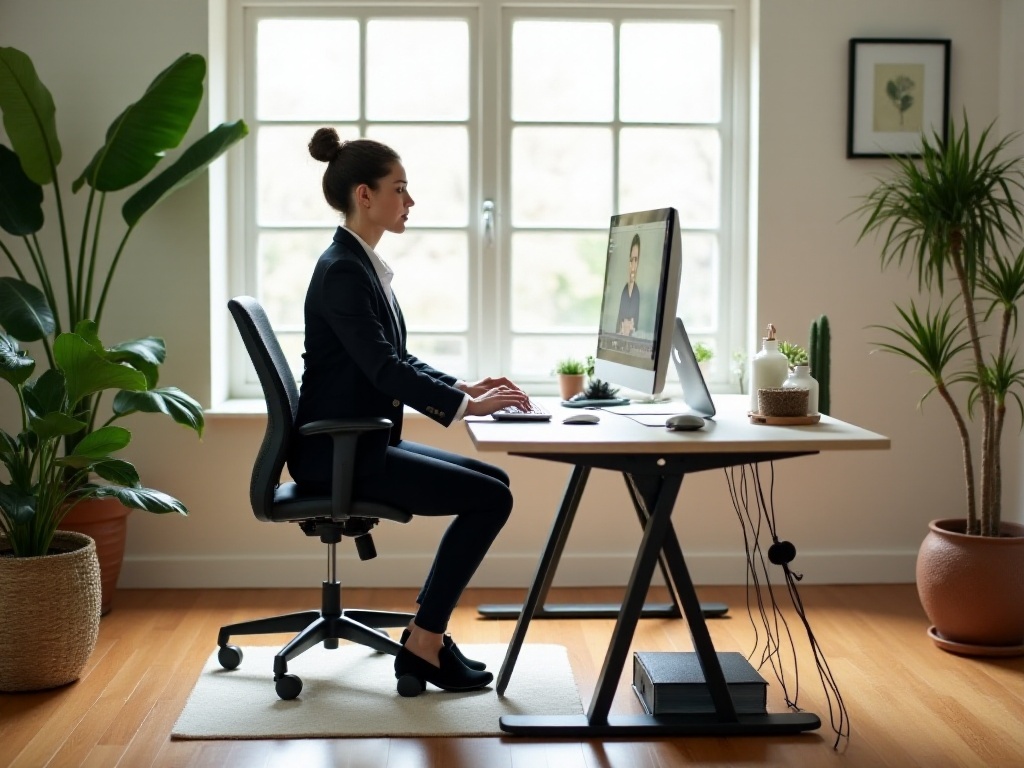
When it comes to exercise, many people make one mistake - wanting to go all out from the start. I completely understand this mindset, after all, who doesn't want quick results? But this often backfires.
I'll never forget my first attempt at fitness. That day I went to the gym full of enthusiasm, following whatever others were doing. Weight lifting, running, squats, planks - I wanted to try every piece of equipment. As a result, the next day I couldn't even lift my arms, my legs were as soft as noodles, and it took three whole days to recover.
This lesson taught me that exercise really needs to be gradual. Just like studying, you can't learn all of calculus in one day, exercise also needs a progressive process.
My advice now is to definitely start with the basics. For example, if you want to start running, don't immediately think about running 5 kilometers. You can start with daily walks, and after your body adapts, gradually add in jogging. At first, you might be out of breath after just 100 meters, but that's okay, it's normal. You can use an interval approach, alternating between running and walking, letting your body slowly adapt.
The same applies to yoga. Many beginners are drawn to those difficult poses, but trying to do them without proper foundation can easily lead to injury. I suggest starting with the most basic poses, like Cat Pose or Downward Dog. These basic poses might look simple, but if you do them properly, you'll find they're actually quite challenging.
To clearly see my progress, I now set a small goal for myself each week. This goal must be specific and achievable, like increasing running time by 5 minutes compared to last week, or being able to hold a plank for 10 seconds longer.
Recording progress is also important. I have several fitness apps on my phone that can record daily exercise data. Watching those numbers gradually increase is really satisfying. Sometimes when I feel like I haven't made progress, looking back at previous records shows how far I've actually come.
When making exercise plans, it's also important to balance work and rest. I usually distribute the week's exercise intensity quite evenly, avoiding consecutive days of high-intensity exercise. For example, if Monday is strength training, Tuesday might be yoga or walking, which are lower intensity. This allows the body to recover fully while maintaining exercise consistency.
Another particularly important point is learning to listen to your body. If you're particularly tired one day or feeling unwell, don't force yourself to exercise. Appropriate rest is also a very important part of an exercise plan.
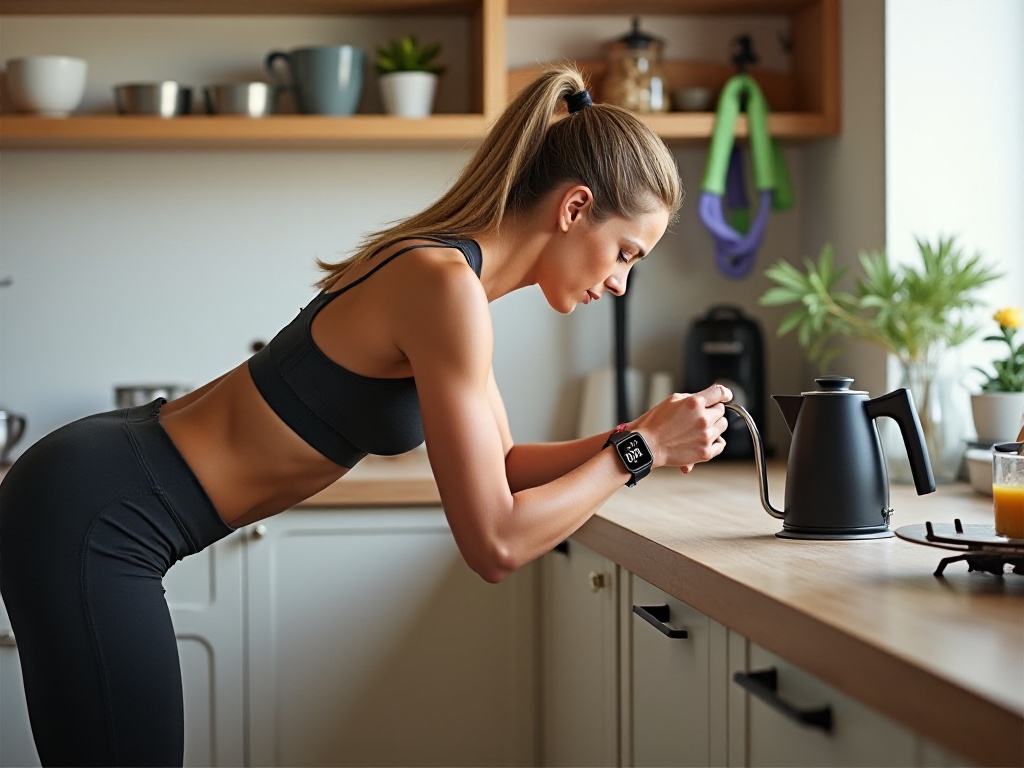
Working out at home has become many people's first choice. Indeed, exercising at home has many advantages: no need to worry about weather, no commute time, and no concern about others' gazes. Plus, with so many exercise videos and live-streaming courses online now, you can get professional guidance right at home.
Speaking of home fitness equipment, many items around us can be put to use. For instance, regular water bottles, when filled with water, make excellent dumbbells. I keep several bottles of different capacities at home, choosing different weights according to training needs.
Books are also good weights. I often use several thick books for weighted squats. Yoga mats go without saying - I now keep one permanently beside my coffee table, ready for sit-ups or yoga at any time.
Chairs, walls, and beds can all become exercise equipment. You can do wall push-ups against the wall, tricep dips on chairs, and lunges beside the bed. If you're willing to think creatively, your home can become a gym.
However, I must particularly remind everyone about a common misconception - thinking that exercising a specific body part will reduce fat in that area. For example, doing countless sit-ups for belly fat, or squats every day for thick thighs. This thinking is incorrect.
Spot reduction doesn't exist; it's determined by human physiology. Fat burning is systemic - you can't tell your body where to start burning fat. The truly effective way to reduce fat is through full-body cardio combined with strength training, along with a proper diet plan.
Speaking of diet, this is also an issue many people tend to overlook. Exercise without attention to diet will have diminished results. But this doesn't mean you have to diet or eat particularly unpalatable food. A scientific diet plan should be nutritionally balanced and delicious.
My suggestion is to moderately control carbohydrate intake while increasing protein proportion alongside exercise. Protein not only helps muscle recovery but also increases satiety. Also, remember to drink enough water, especially before and after exercise.
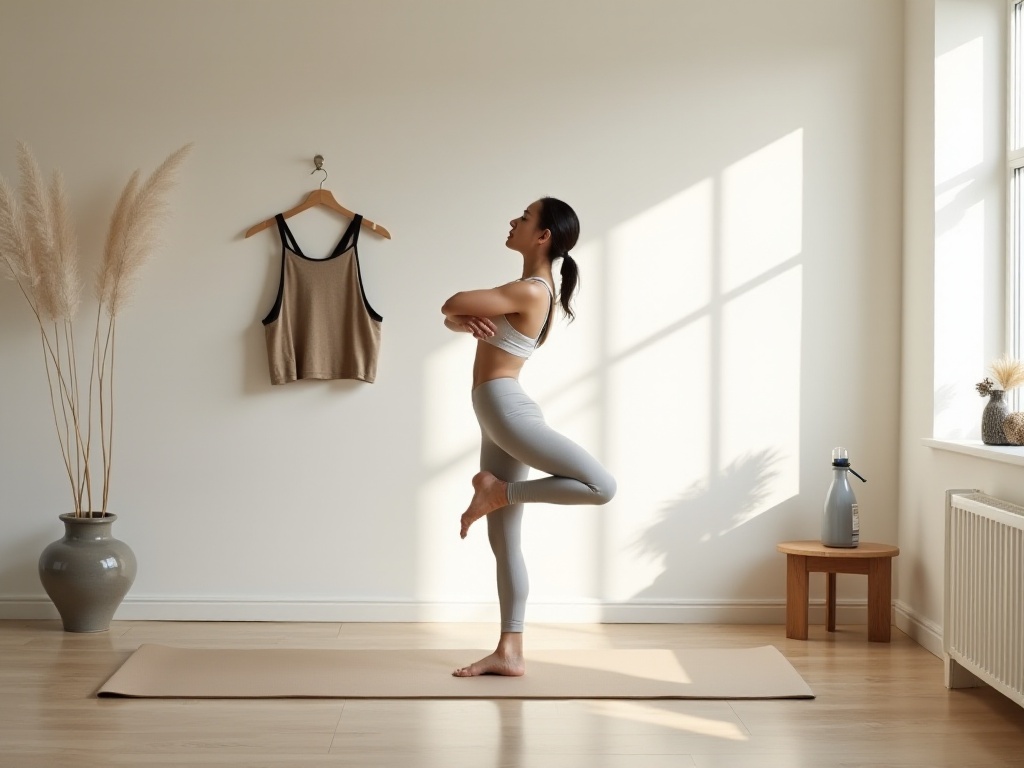
Honestly, maintaining motivation is the hardest part of sticking to exercise. Everyone's very enthusiastic at first, but after keeping at it for a while, it's easy to lose interest. This is a problem many people encounter.
After such a long time of exploration, I've summarized several tips for maintaining exercise motivation. First is setting up a reward system. People naturally tend toward inertia, and it's hard to consistently do something without rewards.
I particularly enjoy listening to podcasts and audiobooks, but I made myself a rule: I can only listen while exercising. This way, exercise has actually become something to look forward to. I often run while listening to books, completing my planned distance without even noticing. Sometimes when the story gets exciting, I'll even run a bit longer.
Additionally, giving yourself small rewards after reaching certain goals is also a good motivational method. For example, after exercising continuously for a week, you can buy a new piece of workout equipment, or treat yourself to a meal you've been craving. Of course, the reward shouldn't contradict the purpose of exercise, like rewarding yourself with excessive eating and drinking.
Finding an exercise buddy is also particularly important. My best friend and I have agreed to go running in the park every weekend, which makes it harder to easily back out. Plus, exercising together allows us to encourage each other. We can chat and share interesting things that happened during the week while exercising, achieving our exercise goals without even realizing it.
Social media is also a good supervision platform. I record my exercise process on my social media, both as accountability for myself and to receive encouragement from friends. Sometimes seeing friends' exercise check-ins also motivates me, making me feel like I can't fall behind.
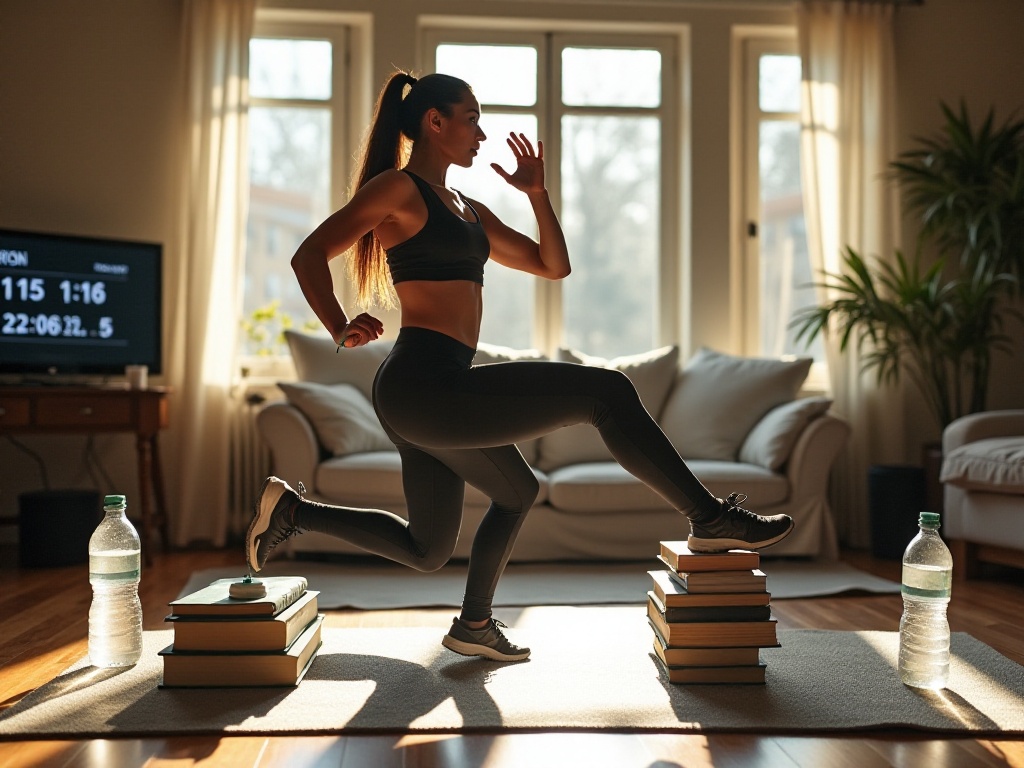
Actually, exercise doesn't need to be so painful; the key is finding what works for you. Everyone's physical condition, schedule, and lifestyle habits are different, so don't blindly follow others' exercise methods. You need to find the exercise plan that suits you best through continuous trial.
You might ask, with so many suggestions, where should I start? My advice is to start with the simplest - write down tomorrow's exercise plan in your schedule today, and then actually execute it. Don't set too big a goal; even if it's just walking for 15 minutes, as long as you actually do it, it's a good start.
Remember, exercise isn't about how intense it is, but whether you can persist. It's like growing flowers - it's not about pouring a lot of water once, but about daily watering and care. I hope these suggestions can help you find your own way of exercising and start a healthy and happy exercise journey.
Finally, I particularly want to say that exercise brings us not just physical changes, but more importantly, changes in our attitude toward life. When you can persist in doing something, you'll find your willpower has been strengthened unconsciously, and you'll become more patient and perseverant in other things as well.
Do you have any unique exercise insights? Welcome to share them with me in the comments. Let's encourage each other and progress together on this exercise journey.
 Previous
Previous
